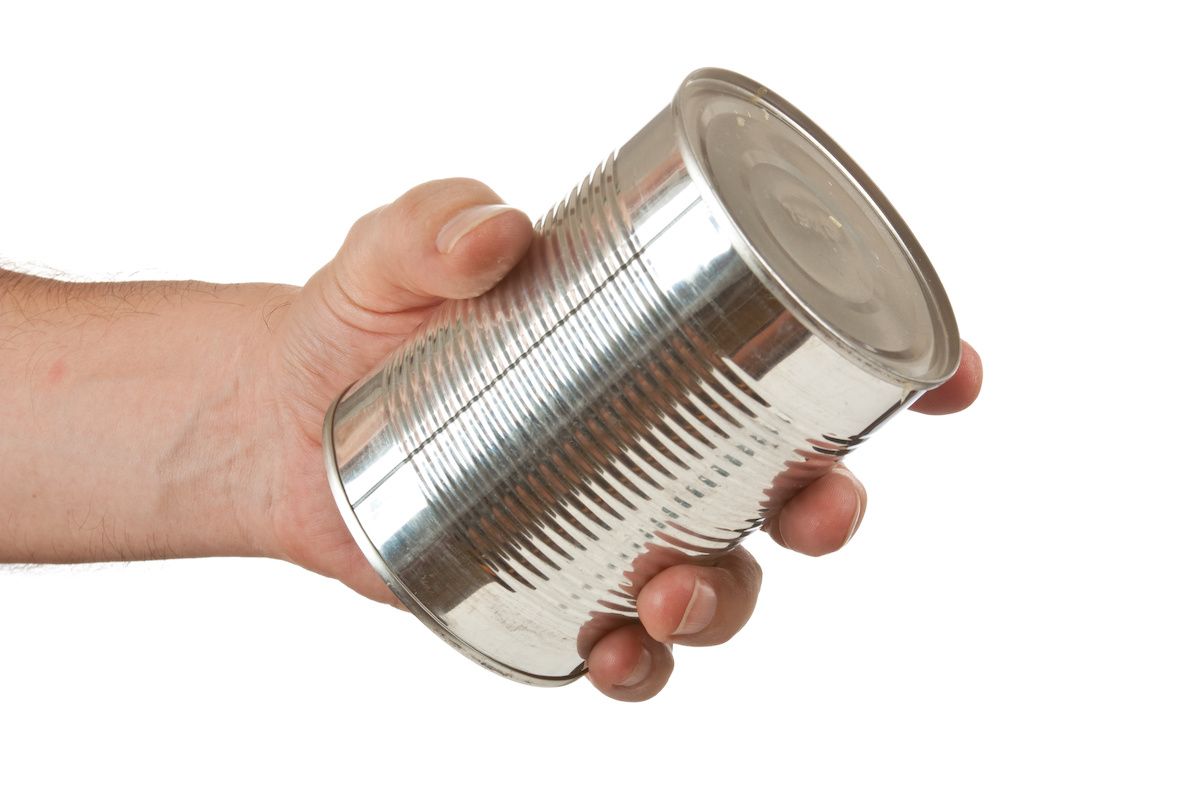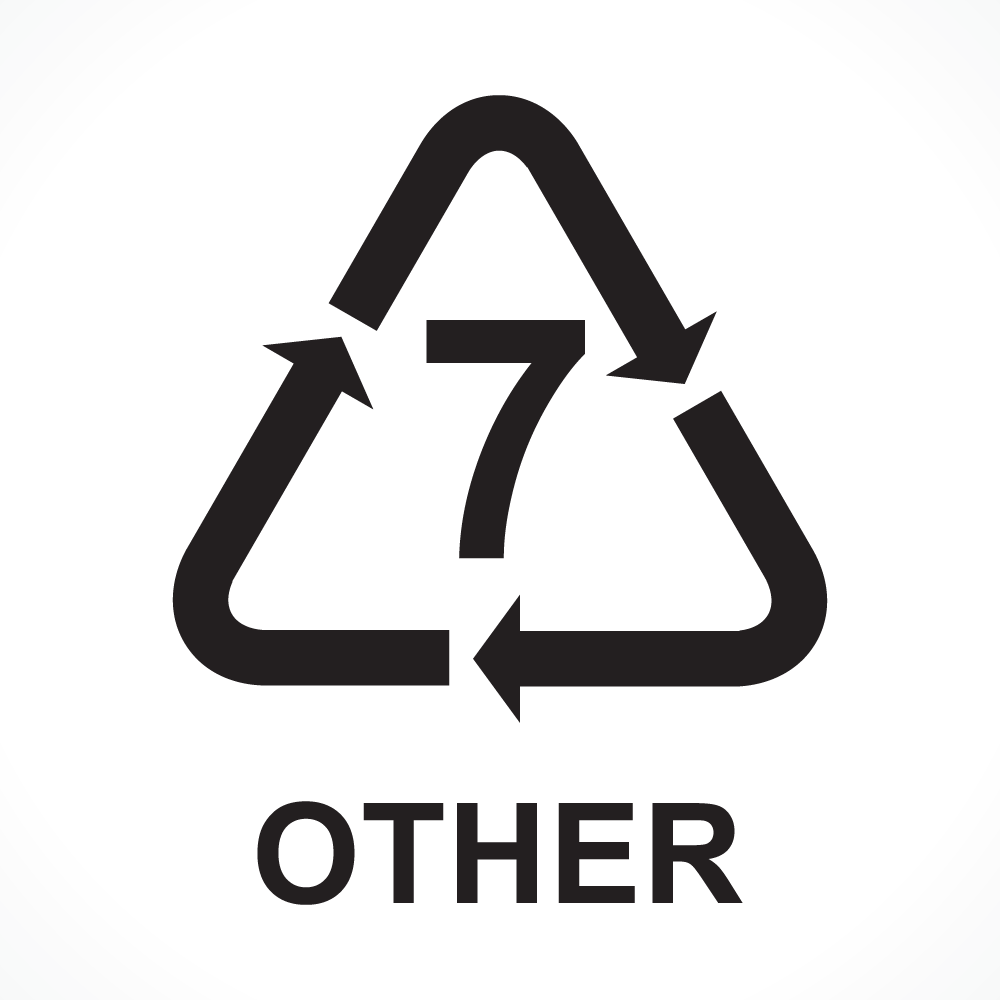Joyce Ohm, PhD, hands the server her own stainless-steel thermos when she gets a fill-up at her favorite coffee shop. She drinks water from her own stainless-steel bottles. She stores leftover food in glass containers with silicone lids, and “I don’t microwave anything in a plastic container anymore — ever,” she says. “I would eat the food cold before I did that.”
As a scientist in Roswell Park’s Department of Cancer Genetics and Genomics, Dr. Ohm is more aware than most people of the health consequences of ingesting bisphenol A (BPA), a chemical used in manufacturing hard, clear plastic. Over the years it has been used to produce pacifiers, baby bottles, dental sealants, CDs, eyeglasses, thermal paper receipts, food and beverage containers and many other items. Although the FDA banned its use in baby bottles and sippy cups in 2012, it’s still used in food storage containers — including in the lining of cans — as well as personal water bottles and water cooler jugs.
BPA doesn’t always stay trapped in the hard plastic or other materials it's found in. It seeps out, especially when plastic is heated — for example, when a plastic food container is zapped in a microwave or put in the dishwasher — and as the plastic deteriorates with age.
Research suggests that the vast majority of Americans have BPA in their bodies: One study conducted by the Centers for Disease Control and Prevention detected BPA in the urine of 93% of a group of 2,517 people. That’s cause for concern. Here’s why.
Cancer and Other Health Risks
Your endocrine system produces hormones that control many processes in your body, including blood pressure, heart rate, growth and development, sleep, metabolism, sexual function and reproduction. BPA is an endocrine disruptor that mimics estrogen, a female hormone. It can throw those processes out of whack and cause serious health problems.
While we don't have significant data in humans, one small study found higher levels of BPA in the urine of men with prostate cancer than in men without prostate cancer. BPA exposure also has been linked to other cancers affected by hormones, including breast, ovarian and endometrial carcinoma.
As a member of a National Institutes of Health grant review panel that focuses on environmental exposures, Dr. Ohm keeps up with the latest scientific evidence about the chemical’s long-term physical effects. “I don’t think we’ve seen a study yet where BPA actually transforms a normal cell into cancer — there’s almost nothing that does that — but it’s causing enough changes in the cells that it could make them more susceptible to other harmful environmental exposures, and it all adds up,” she says.
And cancer is just the tip of the iceberg:
- BPA is an obesogen — a chemical substance that can promote obesity by interfering with the body’s normal breakdown and storage of fat.
- BPA has been shown to increase the risk of developing type 2 diabetes.
- Prenatal exposure to BPA through the mother is associated with increased hyperactivity, aggression, anxiety, depression and other behavioral and mood disorders in children.
- High concentrations of BPA in the urine are associated with high blood pressure, heart attack and other cardiovascular diseases.
- There is evidence that BPA reduces fertility in both men and women.
Never miss another Cancer Talk blog!
Sign up to receive our monthly Cancer Talk e-newsletter.
Sign up!Is There a Safe Level of BPA?
In 2008, after a review of scientific studies, the FDA concluded that there’s a low risk of developing health problems from ingesting BPA. However, Science magazine reported in 2017 that the agency relied mainly on two studies to reach that conclusion — and “both were done by a private lab with funding from the plastics industry.”
In 2010 the FDA issued a statement acknowledging “reason for some concern about the potential effects of BPA on the brain, behavior and prostate gland of fetuses, infants and children.”
So should we worry or not?
"There's no reason to panic about BPA exposure with the data we have now," says Dr. Ohm. "We're all exposed to various chemicals in our daily lives, and generally our bodies are really good at dealing with them."
However, she adds, "Right now we don't know what level of BPA is safe, and it probably varies from person to person — where you are in your life cycle. Cells are most likely to make mistakes any time you're developing — especially from childhood through adolescence, when cells are growing and changing. BPA can cause mistakes in whether genes get turned on or off — and right now we do have enough data from preclinical studies to suggest that it makes sense to take practical steps to minimize exposure to BPA.
"As we continue to learn more about BPA and other chemicals in our environment, we'll continue to refine our understanding of the risks. In the meantime, we should be trying to eliminate plastic use as much as we can, for a wide range of reasons, and this is one of them — to keep microplastics and chemical contaminants from accumulating in our bodies and food sources."
As ongoing research tries to answer questions about the risks of BPA exposure, it's reasonable to take some straightforward steps to reduce that exposure. Here are three main steps you can take.
1. Avoid touching thermal paper receipts
You can be exposed to BPA if you touch thermal paper receipts from stores, restaurants and gas stations; airline boarding passes and luggage tags; and tickets for movies, theatre performances and sports events.
Instead of ink, thermal printers rely on paper with a special coating that causes the printing to appear when the paper is exposed to heat. Often that coating contains BPA. However, some types of thermal paper use safer alternatives, such as vitamin C.
You can spot a thermal paper receipt by scratching the printed side with a coin or your fingernail. If the scratch produces a dark line, it’s thermal paper. The printed side of thermal paper can also have a shiny or glossy appearance, especially in areas where it has been folded.
BPA from thermal paper is absorbed through your skin when you touch the paper. If you have just applied an alcohol-based sanitizer or a lotion, your skin is even more likely to absorb BPA from the receipt.
TIPS
- Remember that most receipts — but not all — contain BPA. While those that use vitamin C as a developer appear light yellow, you can't always tell just by looking which ones contain BPA or another alternative, such as a chemical called Pergafast®. To lower your risk of exposure, tell cashiers you don’t want a receipt. If you will need the receipt in the future, ask if it can be emailed to you.
- If you keep the receipt, do not put it in your wallet, because if it does contain BPA, it can contaminate paper money. Try to touch only the back (the side without the printing). Wash your hands well afterward.
- If you are a cashier, you may want to wear nitrile gloves when handling receipts.
Thermal paper receipts containing BPA have been banned in Illinois and Connecticut and in Suffolk County, New York. In 2020 the European Commission will ban BPA in thermal receipts.
2. Choose fresh or frozen over canned foods
Many food cans are lined with an epoxy resin containing BPA. The lining serves as a barrier to keep the metal can from affecting the taste of the food. However, cans are heated during the canning process to destroy bacteria, and this causes BPA to leach into the food.
3. Choose a personal water bottle made of glass or stainless steel, not plastic.
How to Tell if a Food or Beverage Container Contains BPA
The container may contain BPA if it’s marked with the number 7 inside a triangle of arrows (the recycling symbol). However, keep in mind that manufacturers are not required to reveal whether their products contain BPA. And even if products labeled “BPA-free” don’t contain BPA, in many cases, “all they’ve done is replace it with a similar chemical,” says Dr. Ohm. Bisphenol F (BPF) and bisphenol S (BPS) are common substitutes for BPA — and preclinical studies suggest that BPS may cause breast cancer cells to become more aggressive.









